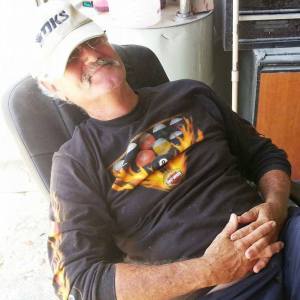 Andrew Joyce is the best-selling author of the Huck Finn series and Yellow Hair. He is currently working on his is next book, tentatively entitled, Mick Reilly. I’m thrilled to have him as my guest today. Welcome, Andrew!
Andrew Joyce is the best-selling author of the Huck Finn series and Yellow Hair. He is currently working on his is next book, tentatively entitled, Mick Reilly. I’m thrilled to have him as my guest today. Welcome, Andrew!
*************
Tell us a little about yourself. Ain’t much to tell. I write books and I like to drink vodka a little too much. Oh, and I live on a boat (have been for forty-two years) with my dog, Danny. I mean I’ve been living on boats that long, not that Danny is forty-two. But to hear him complain, you would think he was that old.
What is the title and genre of your latest book? Yellow Hair.  Historical Fiction
Historical Fiction
Tell us a little about Yellow Hair. Through no fault of his own, a young man is thrust into a new culture just at the time that culture is undergoing massive changes. It is losing its identity, its lands, and its dignity. He not only adapts, he perseveres and, over time, becomes a leader—and on occasion, the hand of vengeance against those who would destroy his adopted people.
Yellow Hair documents the injustices done to the Sioux Nation from their first treaty with the United States in 1805 through Wounded Knee in 1890. Every death, murder, battle, and outrage written about actually took place. The historical figures that play a role in this fact-based tale of fiction were real people and I use their real names. Yellow Hair is an epic tale of adventure, family, love, and hate that spans most of the 19th century. This is American history.
What inspired you to write it? The inspiration for the book came to me when I was reading a short article and it made reference to the Great Sioux Uprising of 1862. It also mentioned that the outcome involved the largest mass execution in the history of the United States. That piqued my interest.
When I started my research into the incident, one thing led to another and before I knew it, I was documenting the entire history of the Sioux, who are also known as the Dakota, vis-à-vis the relationship between them and the United States.
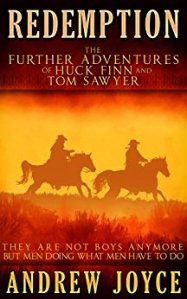
What inspires you to write in general? Everything. It could be a song title, a line from a song, something I read, or just an offhand remark by someone I met at a bar. Once it was sunlight rippling on the surface of the water on a cool, crisp November morning.
When and what did you first start writing? One morning, about six years ago, I went crazy. I got out of bed, went downstairs, and threw my TV out the window. Then I sat down at the computer and wrote my first short story. Just for the hell of it, I threw it up on a writing site. A few months later, I was informed that it had been selected for publication in an anthology of the best short stories of 2011. I even got paid for it.
What authors have most influenced you? John Steinbeck, Louis L’Amour, Jack London, and Robert B. Parker just to name a few.
How do you write; outline or free flow? When I have an idea for a novel, I know the first sentence and the last paragraph (more or less). Then I sit down and start to tell the story. But the finished product is always different from what I envisioned. Sometimes I will take my characters to a place and they will rebel and take off on their own. Then I have no choice but to follow where they lead.
What genres do you like to read? Most. No romance for me. I’m
much too macho for that.
In what genres do you write? All genres.
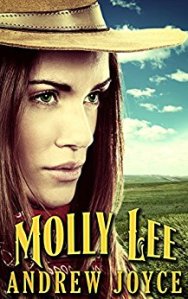
Where and what time of day do you like to write? I prefer to write in the early morning hours when things are quiet. I usually get up around 2:00 a.m. and go to work. The commute is not long . . . only a few steps to my computer. I write until I run out of words. When I’m hot, I can knock out 6,000 words in three hours. But then I have to go back and edit them into something people would want to read. That can take up to two days.
Do you ever get writer’s block? If so, how do you deal with it? My problem, if you can call it a problem, is that I have too many words in my head. Apart from my novels, I have 150 short stories almost ready for publication and another thirty that I’ve started but don’t have the time to finish—at least not at the present time. But if I was affected by writer’s block on occasion, I’d cure it with vodka.
How do you schedule your time between writing and keeping your physical life together? I have no life other than writing. Unless you count walking my dog a few times a day. It’s the only exercise either one of us gets.
Do you have other publishing credits? Yes. One of my short stories entitled John, Kris, And Me, was included in a book (an anthology) titled: Best of 2011. It’s a compilation of short stories.
E-book or paper – do you have a preference? Paper.
What do you enjoy doing when you’re not writing? Reading.
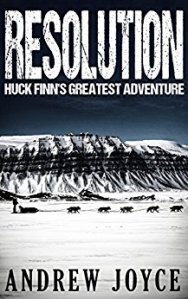
What advice would you give a new writer? Read, read . . . and then read some more. Read everything you can get your hands on! Reading to a writer is as medical school is to a doctor, as physical training is to an athlete, as breathing is to life. When one reads stuff like the passage below, one cannot help but become a better writer.
“The afternoon came down as imperceptibly as age comes to a happy man. A little gold entered into the sunlight. The bay became bluer and dimpled with shore-wind ripples. Those lonely fishermen who believe that the fish bite at high tide left their rocks and their places were taken by others, who were convinced that the fish bite at low tide.”—John Steinbeck, Tortilla Flat
AND: Never, ever, ever, ever respond to a negative review!!!
What do you wish to say to your readers? Thank you for reading my books.
What do you hope will be the everlasting thoughts for readers who finish your book? For Yellow Hair, I hope my readers come away with a new and profound sense of our history. What we have done is so much more egregious and deplorable than I could have ever imagined. Genocide is genocide. Doesn’t matter if you call it Dachau or Wounded Knee.
*************
Learn more about Andrew: Website Blog Amazon Facebook Twitter LinkedIn
I hope you enjoyed learning more about Andrew, his writing process, and his books. Please visit his sites, like and share.
Thanks so much for stopping by ❤





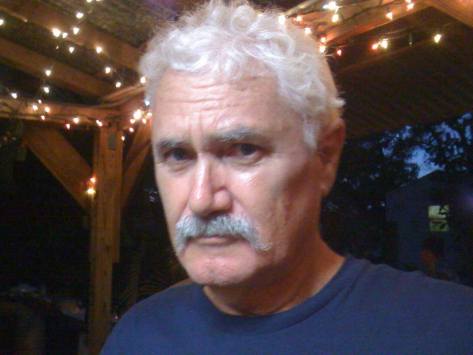

 My name is Andrew Joyce and I write books for a living. I would like to thank Marie for allowing me to be here today to promote my latest,
My name is Andrew Joyce and I write books for a living. I would like to thank Marie for allowing me to be here today to promote my latest,  Now that the commercial is out of the way, we can get down to what I really came here to talk about: the Sioux people. The people we know as the Sioux were originally known as the Dakota, which means…
Now that the commercial is out of the way, we can get down to what I really came here to talk about: the Sioux people. The people we know as the Sioux were originally known as the Dakota, which means…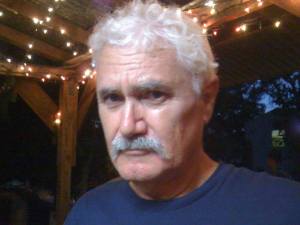
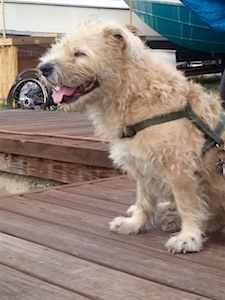
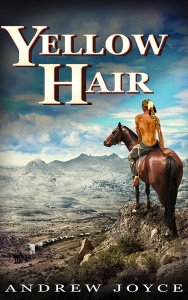

You must be logged in to post a comment.